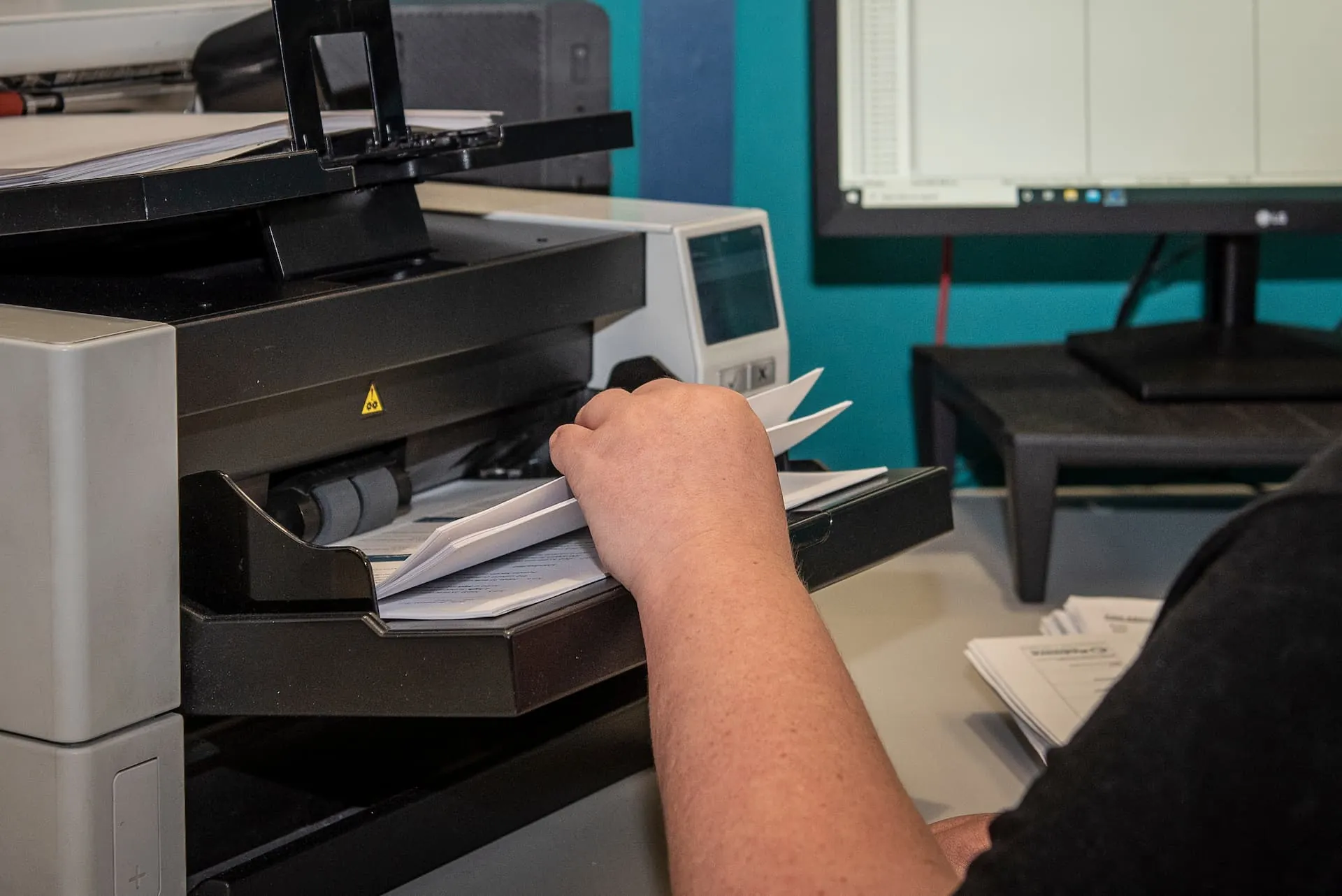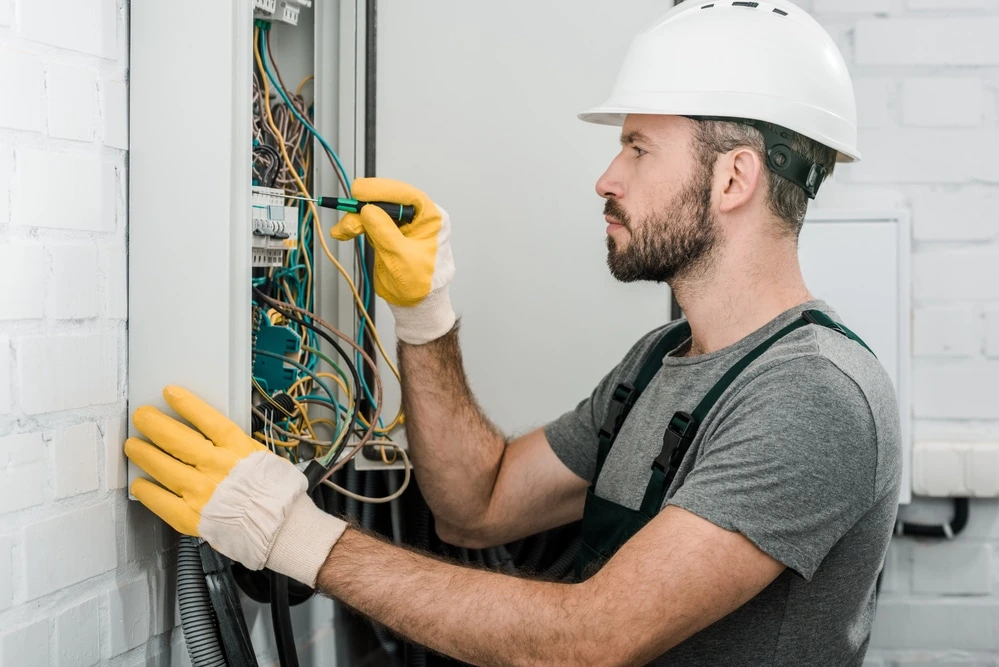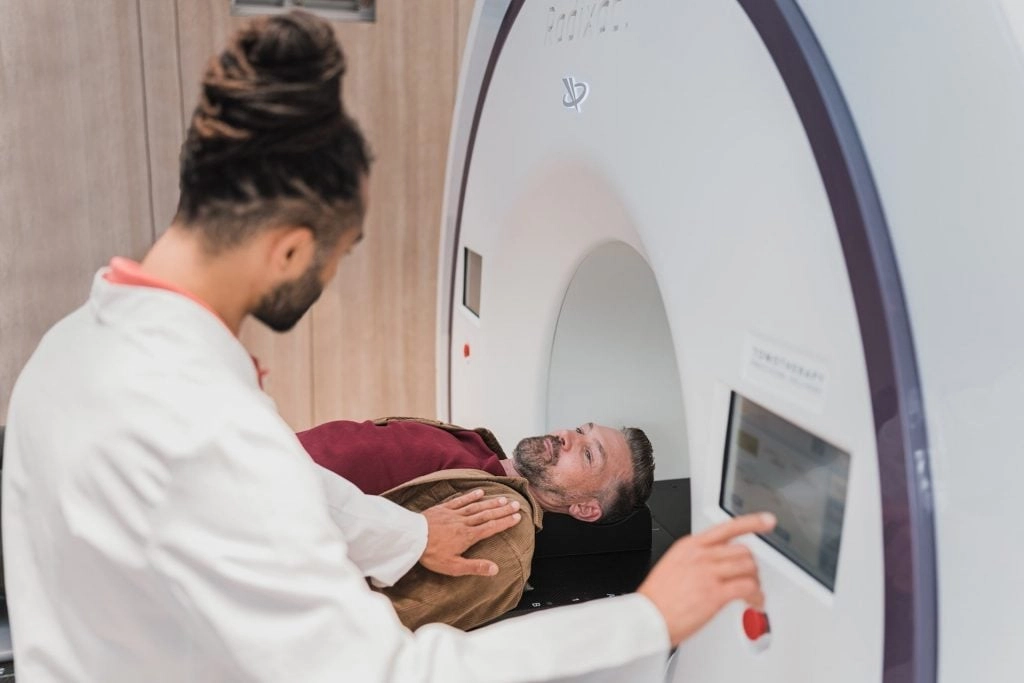Transitioning from classrooms to chiropractic care demands a strategic approach to avoid nerve-related pain. Implementing creative educational methods tailored to ease discomfort can help individuals tackle the root causes of physical ailments. By optimizing ergonomic setups and embracing mindfulness practices, one can proactively manage pain for a healthier future. Explore how small adjustments and mindful choices can pave the way for sustainable well-being in this blend of educational insights and chiropractic care.
Key Takeaways
- Maintain proper posture to prevent nerve pain.
- Incorporate movement breaks to reduce discomfort.
- Practice mindfulness for stress management.
- Consider ergonomic adjustments for a healthier environment.
- Schedule regular chiropractic check-ups for spinal health.
Understanding Nerve Pain Triggers
In the field of nerve-related pain management, tips for preventing nerve-related pain involve understanding the intricate triggers that can exacerbate discomfort. Factors such as poor posture, repetitive movements, and stress can all play a role in triggering nerve pain. By identifying these triggers and making necessary adjustments, individuals can proactively address these issues to mitigate the risk of experiencing nerve-related pain.
Ergonomic Tips for Classroom and Beyond
Understanding how ergonomic principles can positively impact daily activities, including classroom settings, is key to preventing nerve-related pain and promoting overall well-being. Simple adjustments like maintaining proper posture, positioning computer screens at eye level, and using ergonomic chairs can make a significant difference. These practices not only enhance comfort but also reduce strain on muscles and nerves, leading to a healthier and more productive learning environment.
Incorporating Movement Into Daily Routine
Promoting physical activity throughout the day is essential for maintaining healthy nerve function and preventing discomfort associated with prolonged sitting. Incorporate short movement breaks into your routine, such as stretching or walking around the room every hour. Set reminders to stand up, stretch, or take a quick walk to keep your body active. These simple actions can help alleviate tension and improve circulation, reducing the risk of nerve-related pain.
Mindfulness Practices for Stress Management
To complement the physical aspect of preventing nerve-related pain, incorporating mindfulness practices for stress management can further enhance overall well-being and nerve health. Mindfulness techniques, such as deep breathing, meditation, and body scans, help in reducing stress levels, promoting relaxation, and improving mental clarity. By incorporating these practices into daily routines, individuals can better manage stress and support their nervous system’s health.
Importance of Regular Chiropractic Check-ups
Routine chiropractic check-ups play an essential role in maintaining ideal spinal health and nerve function.
- Regular adjustments help align the spine and reduce nerve interference.
- Early detection of spinal issues can prevent future pain and discomfort.
- Chiropractors offer personalized care plans tailored to individual needs.
- Consistent check-ups promote overall well-being and a healthier lifestyle.

Frequently Asked Questions
How Can I Prevent Nerve-Related Pain While Studying or Working From Home?
To prevent nerve-related pain while studying or working from home, establish an ergonomic workspace setup, take frequent breaks to stretch, practice good posture, use a supportive chair, and incorporate gentle exercises like yoga or Pilates to promote flexibility and reduce muscle tension.
What Are Some Simple Movements I Can Incorporate Into My Daily Routine to Reduce Nerve Pain?
Incorporate gentle stretching exercises like neck rolls, shoulder shrugs, and wrist rotations into your daily routine to reduce nerve pain. These simple movements can help improve circulation, release tension, and prevent discomfort associated with prolonged sitting or repetitive tasks.
How Can Mindfulness Practices Help in Managing Stress-Related Nerve Pain?
Mindfulness practices can be a valuable tool in managing stress-related nerve pain. By cultivating awareness and acceptance of thoughts and sensations, individuals can better regulate stress responses, potentially reducing the impact of stress on nerve pain.
Are There Specific Ergonomic Tips for Preventing Nerve Pain While Using Electronic Devices?
To prevent nerve pain while using electronic devices, implement ergonomic tips such as maintaining proper posture, positioning screens at eye level, taking frequent breaks, and using supportive accessories like ergonomic keyboards and chairs. These practices promote comfort and reduce strain.
Why Is It Important to Have Regular Chiropractic Check-Ups for Nerve-Related Pain Prevention?
Regular chiropractic check-ups are essential for nerve-related pain prevention because they can help detect and address underlying issues before they escalate. Chiropractors can provide personalized care plans to maintain spinal health and overall well-being.
Conclusion
Incorporating innovative educational tips into daily routines can help prevent nerve-related pain and promote overall well-being. By understanding triggers like poor posture, repetitive movements, and stress, individuals can make necessary adjustments to mitigate discomfort. Implementing ergonomic practices, incorporating movement, practicing mindfulness, and prioritizing chiropractic check-ups are essential steps towards maintaining healthy nerve function. Proactive measures not only prevent pain but also contribute to a healthier lifestyle and improved quality of life.
You May Also Like To Read:





